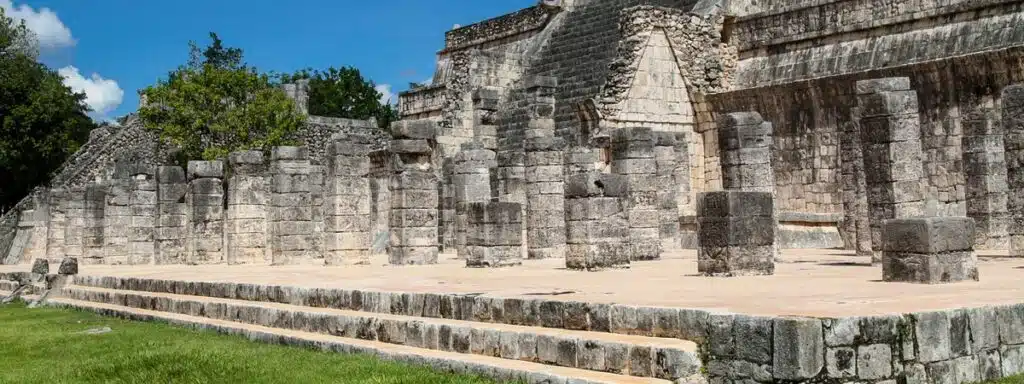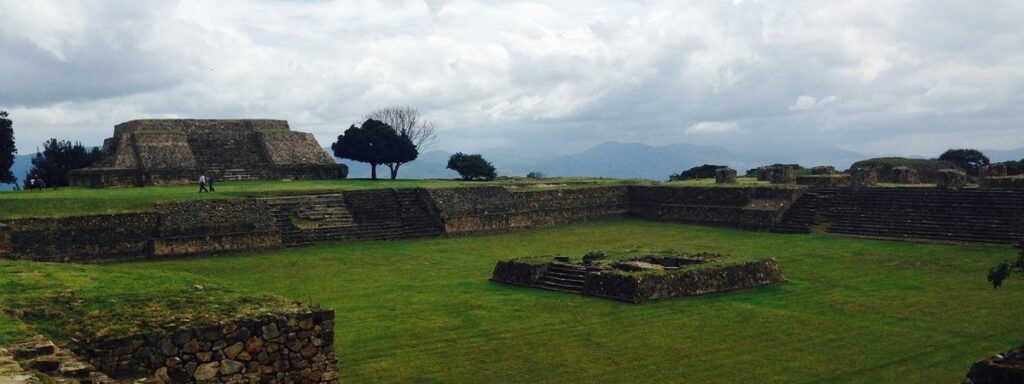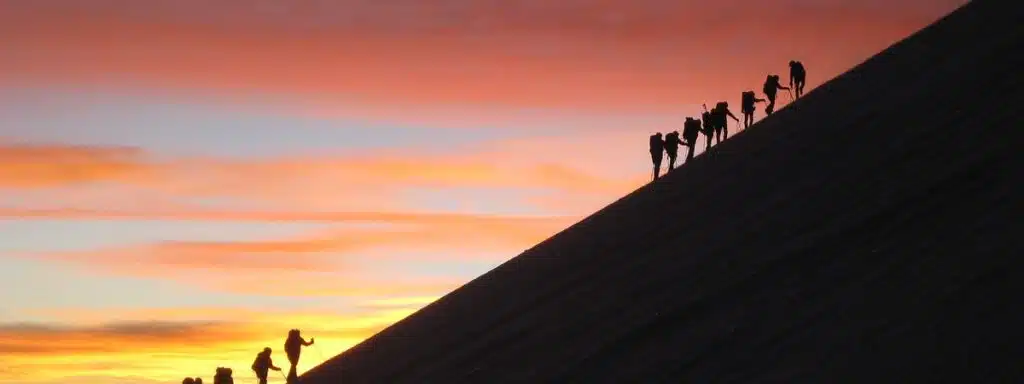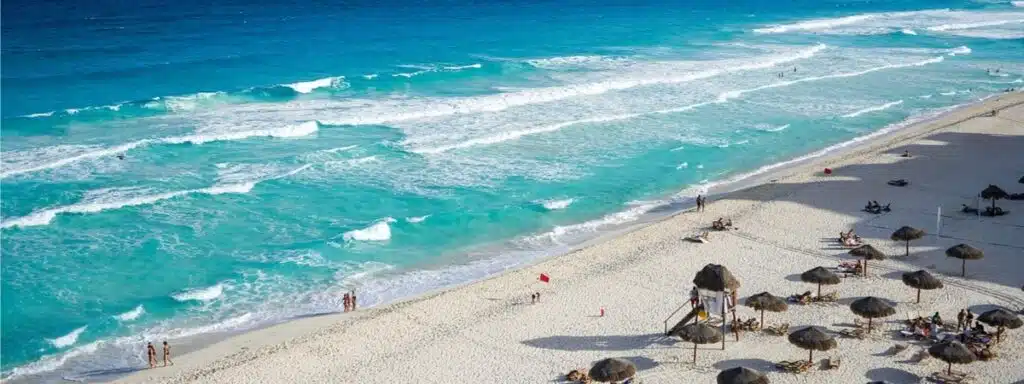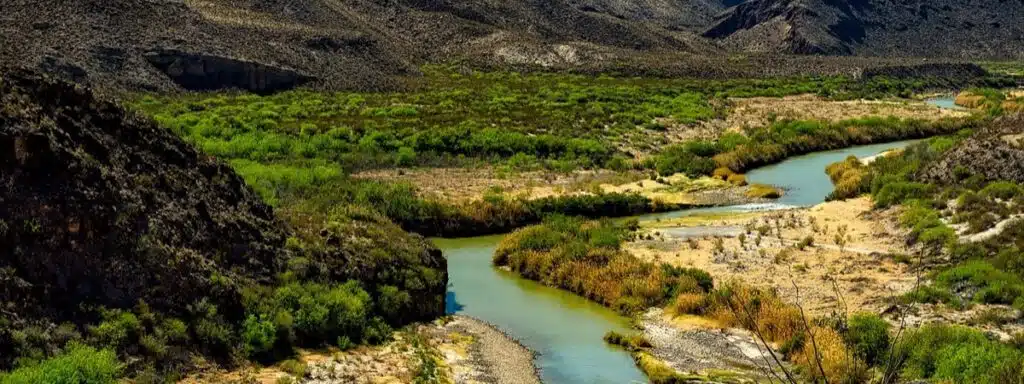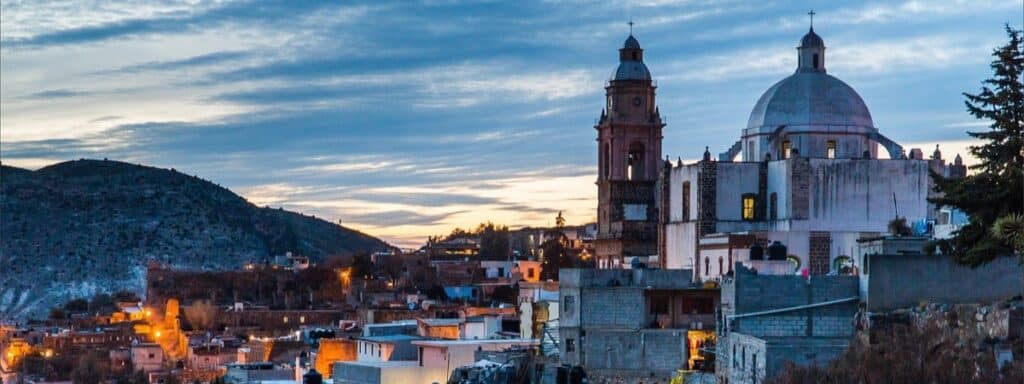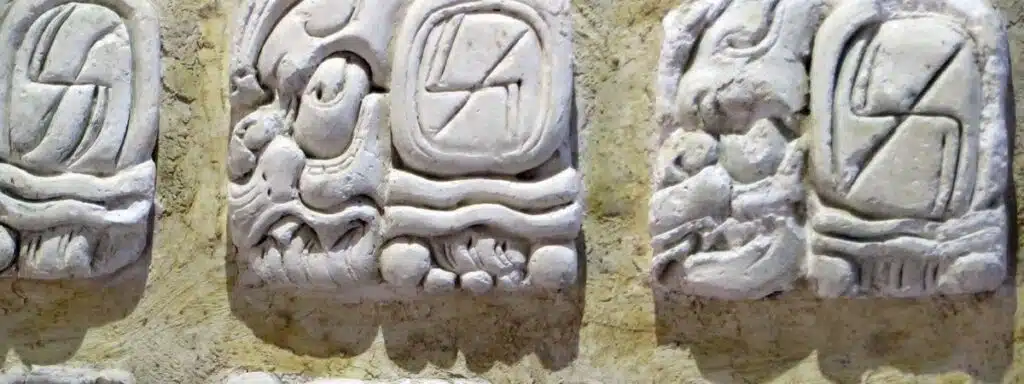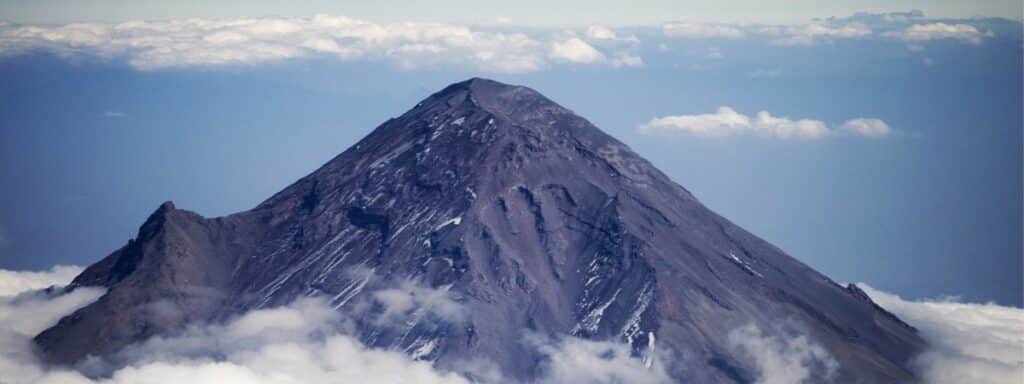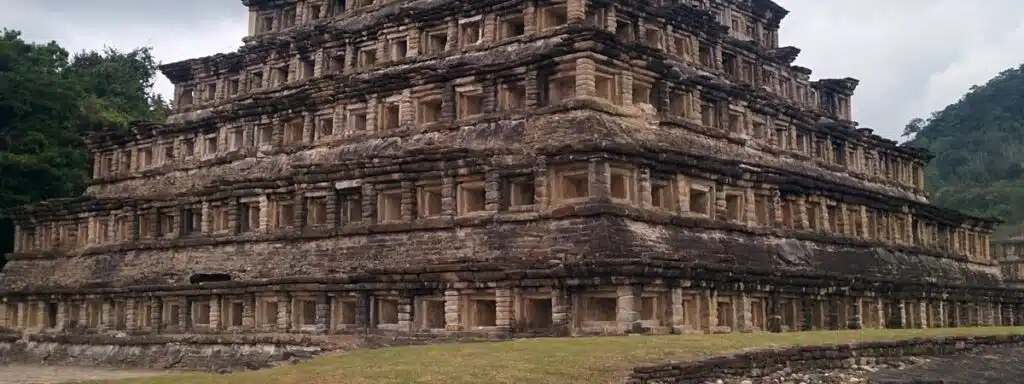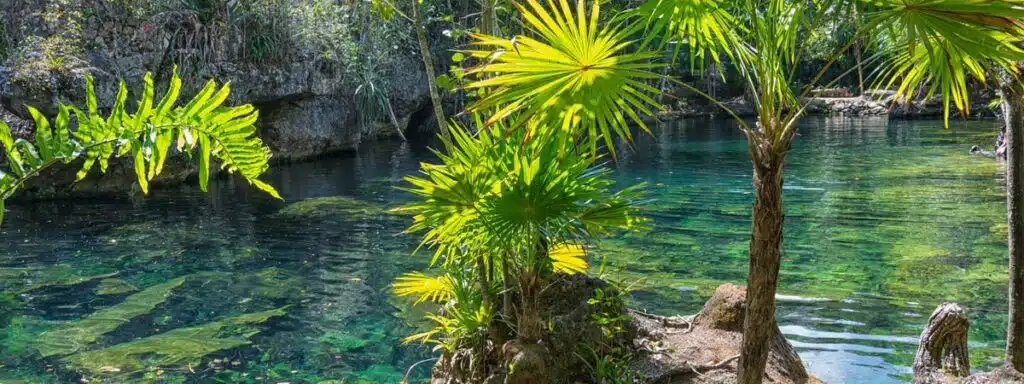Mexico is a country located in North America that’s known for its rich cultural heritage, unique architecture, and diverse geography. The architecture in Mexico reflects the country’s history. It blends indigenous, colonial, and modern elements together to create a fascinating style. Mexican colonial architecture, also known as Spanish colonial architecture, is characterized by red tile roofs, courtyards, and intricate stonework. In contrast, modern architecture in Mexico often features bold lines and geometric shapes, incorporating elements of Mexican culture into contemporary designs.
Mexico’s geography is just as diverse as its architecture. The country is home to a variety of landscapes. Mexico includes deserts, tropical forests, and mountain ranges within its borders. The Yucatán Peninsula, located in the southeast, is known for its stunning beaches, while the Sierra Madre Occidental mountain range in western Mexico is home to rugged terrain and rich forests. The Mexican plateau, which covers much of central Mexico, is a high-altitude region that is home to Mexico City, the capital and largest city in the country.
Overall, Mexico’s unique architecture and geography have played a significant role in shaping its cultural identity, making it a fascinating place to visit and explore.




